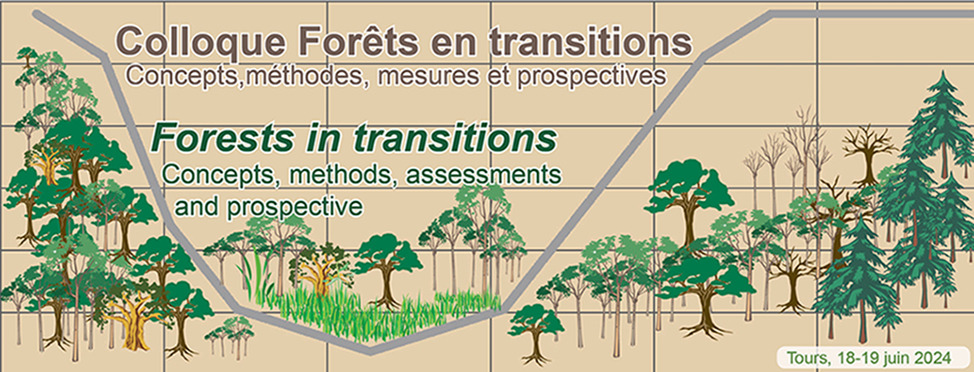In 2023, Canada witnessed an unparalleled extreme fire season. While wildfires have long been a natural occurrence in Canada's forests, the 2023 wildfire season marked a significant departure from historical norms. The challenge for Canada, home to about 9% of the world's forests, lies now not only in effectively transitioning to forest practices capable of dealing with increasing fire risks.
Although undeniable progress has been made in understanding why and how societies, organisations and individuals adapt to climate change, less is known about whether and how factors motivating individual adaptation behaviour, such as awareness raising, sense of urgency, or risk perception, relate one with each other in a context-dependent manner. In this presentation, we focus on forest owners as private woodlots stand at the crossroads of mitigation and adaptation issues, requiring forest owners to engage in adaptive behaviours now due to the large timescale of forest development. Besides, Canadian private forests add up to about 25 million hectares, a larger surface than all the forested land in France or Spain.
We present here the first pan-Canadian survey of private individual forest owners on their management practices and intentions to adapt. Along with socio-demographic questions, we asked participants to indicate past management changes operated in their forests, the extent to which they perceive climate change, their intention to adapt future forest operations to climate change, and what assistance they would need to do so. Indeed, we relied on an extended version of the protection motivation theory to identify the drivers of adaptive behaviours of individual private forest owners. Stemming from health sciences, the protection motivation theory propounds that individuals engage in protective behaviours when they feel threatened by a negative event (here, fire risks) and when they believe that lack of action would be detrimental. Within this theoretical framework, we hypothesized that the intentions of individual private forest owners to adapt are most likely to increase when the perception of their forests' vulnerability and of the severity of climate change impacts affecting them are high. On the other hand, we expected lower intention to adapt when perceived costs of adaptive behaviours increase (e.g., monetary, personal, time, effort) and when additional maladaptive cognitive processes come into play (e.g., climate change denial).
Our results highlight that transitioning from a “command and control” vision of forestry to an adaptive approach is far from happening. First, private woodlot owners are not quite willing to implement some the strategies requiring the least efforts to face fire risks (eg., species replacement), and are even opposed to more adequate strategies of fuel reduction or prescribed burning. Second, there are only a few public policies aiming at the reduction of vulnerability to fire in private woodlots; and they rely on leverage points that do not match with respondents' expectations (eg., financial subsidies vs. a call for technical support). Third, we identify prospective elements for the combination of “carrots, sticks and sermons” that could be context- and stakeholder-dependent to support a more efficient and relevant transition toward fire-adapted forest management in Canada.

 PDF version
PDF version
